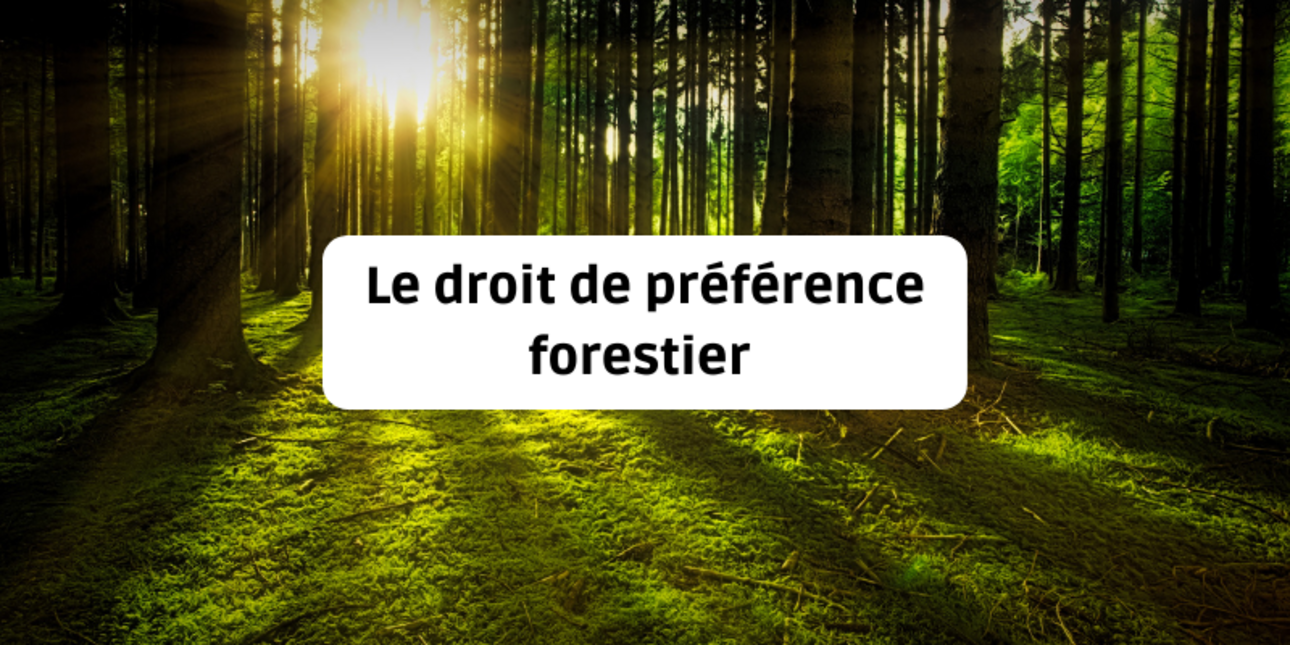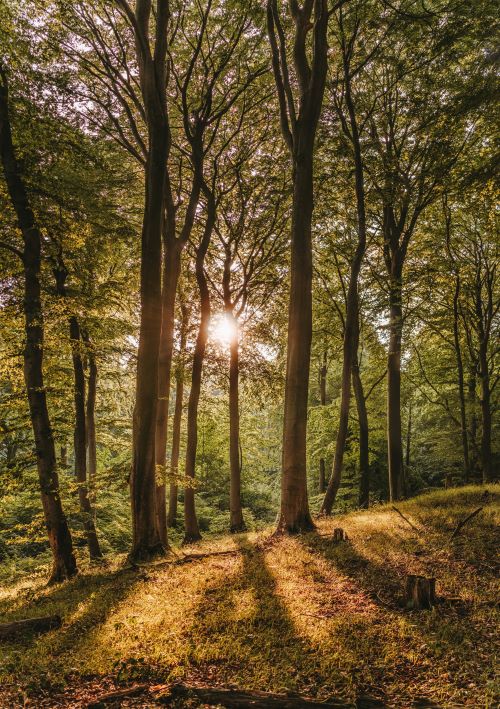
This fairly recent system allows neighbours of a forest plot for sale to benefit from a preferential right on the sale of this plot. The aim is to reduce the fragmentation of French forests and improve their overall management. We present all the aspects of this regulation.
French forests cover 31% of the country's total land area and are extremely fragmented. Of the 17.3 million hectares of woodland, the State, local authorities and public establishments own more than 4 million. The remaining 13 million hectares are owned by 3.1 million private forest owners, with an average surface area of 4 hectares
If we look in detail at private ownership, and disregard companies, the differences in ownership are extremely significant
This very low level of ownership leads to poor management. The majority of forest owners have neither the capacity nor the financial means to manage their forest land sustainably and optimally. Only 18% of French forests are covered by a simple management plan.
capacity nor the financial means to manage their forest land sustainably and optimally. Only 18% of French forests are covered by a simple management plan.
To prevent the fragmentation of forest holdings, the French Agriculture and Fisheries Modernisation Act of 27 July 2010 introduced a preferential right for neighbouring owners when selling forest holdings.
Article L331-19 of the French Rural Code states: « In the event of the sale of a property classified in the land register as a woodland or forest and with a total surface area of less than 4 hectares, the owners of an adjoining wooded parcel, as designated on the land register documents, benefit from a preferential right under the conditions defined in this article. The same provisions shall apply in the event of the transfer of undivided rights or rights in rem relating to this property. »
The preferential right applies to the sale of plots of land classified as woodland in the land register and with a surface area of less than 4 hectares. If the sale involves mixed property, for example agricultural parcels and forestry parcels, the preferential right will not apply.
The 4-hectare threshold is calculated for all the parcels sold, whether or not they are contiguous. This law also applies if the owner is an individual or a company such as a Groupement Foncier Forestier.
To benefit from the preferential right, you must be the owner of a parcel that is also classified as woodland and that adjoins all or part of the parcels sold. Adjacency is examined on a case-by-case basis: A road, railway line or river separating the parcels will not qualify for this right, unlike a road or a simple stream.
The neighbouring owners must be notified of the proposed sale of the plot. Owners wishing to sell their plots can give notice in 2 ways:
Beneficiaries exercising their preferential right have two months from the date of notification (or posting at the town hall) to make their decision known.
If several landowners exercise their preferential right, the vendor is free to choose the future purchaser from among them.
It should be noted that according to a recent Court of Cassation ruling, the landowner may decide to sell his forest plots to the neighbouring buyer, but may also waive the sale.
The preferential right does not apply in the case of a sale :
In addition, the preferential right may be exercised subject to pre-emption rights.
The preferential right comes after the possible application of pre-emption rights.
A right of pre-emption allows legal entities with a public service remit to become the owner in place of the initial buyer, without the seller being able to withdraw from the sale.
The preferential right is less far-reaching, as the seller always has the option of withdrawing from the sale. It is therefore only a priority right of acquisition given to the neighbour.
In forestry matters, there are several pre-emption rights that may apply.
If the State owns a state-owned forest adjacent to the parcel being sold, it has a right of pre-emption that takes precedence over all other rights.
The local authority has a right of pre-emption if it owns a wooded parcel adjoining the property, regardless of the surface area of the parcel sold
If it does not own an adjoining plot, it has a pre-emptive right in the same way as neighbouring owners. It is the seller who chooses the beneficiary of the sale.
When the sale involves agricultural plots and forestry plots, the SAFER has a right of pre-emption over the entire sale, regardless of the size of the cultivated plots in relation to the wooded plots..
Since 2000, SAFER has been able to intervene in the sale of woodland out of court. And since 2019, it has had a right of pre-emption on sales of wooded plots of less than 30,000 m² in the Ile-de-France region.
The implementation of this preferential right was complex and required adjustments, particularly in terms of the procedures for informing neighbouring owners.
The undesirable effects of the Act have been raised, in particular the risk of forest ownership being monopolised by the largest landowners (who naturally benefit from numerous preferential rights).
On the other hand, the biggest criticism relates to the complexity of the relationship between the various pre-emption and preferential rights, which makes transactions cumbersome (and expensive) and creates a legal risk for sellers and buyers.
Unfortunately, to date there have been no studies showing that this system has significantly reduced the urban sprawl of French forests or improved their management.